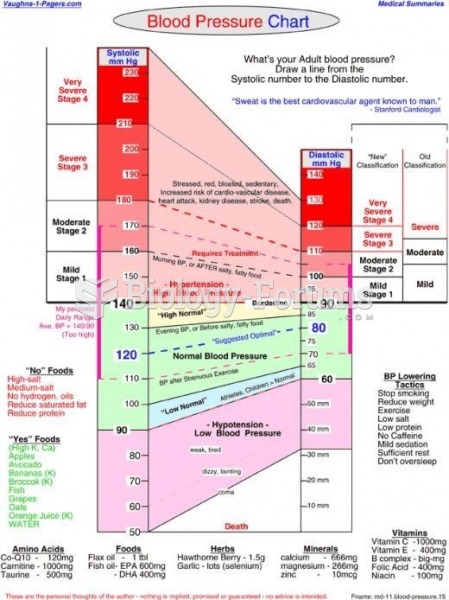This topic contains a solution. Click here to go to the answer
|
|
|
Did you know?
The senior population grows every year. Seniors older than 65 years of age now comprise more than 13% of the total population. However, women outlive men. In the 85-and-over age group, there are only 45 men to every 100 women.
Did you know?
On average, the stomach produces 2 L of hydrochloric acid per day.
Did you know?
The longest a person has survived after a heart transplant is 24 years.
Did you know?
Many of the drugs used by neuroscientists are derived from toxic plants and venomous animals (such as snakes, spiders, snails, and puffer fish).
Did you know?
Drying your hands with a paper towel will reduce the bacterial count on your hands by 45–60%.







